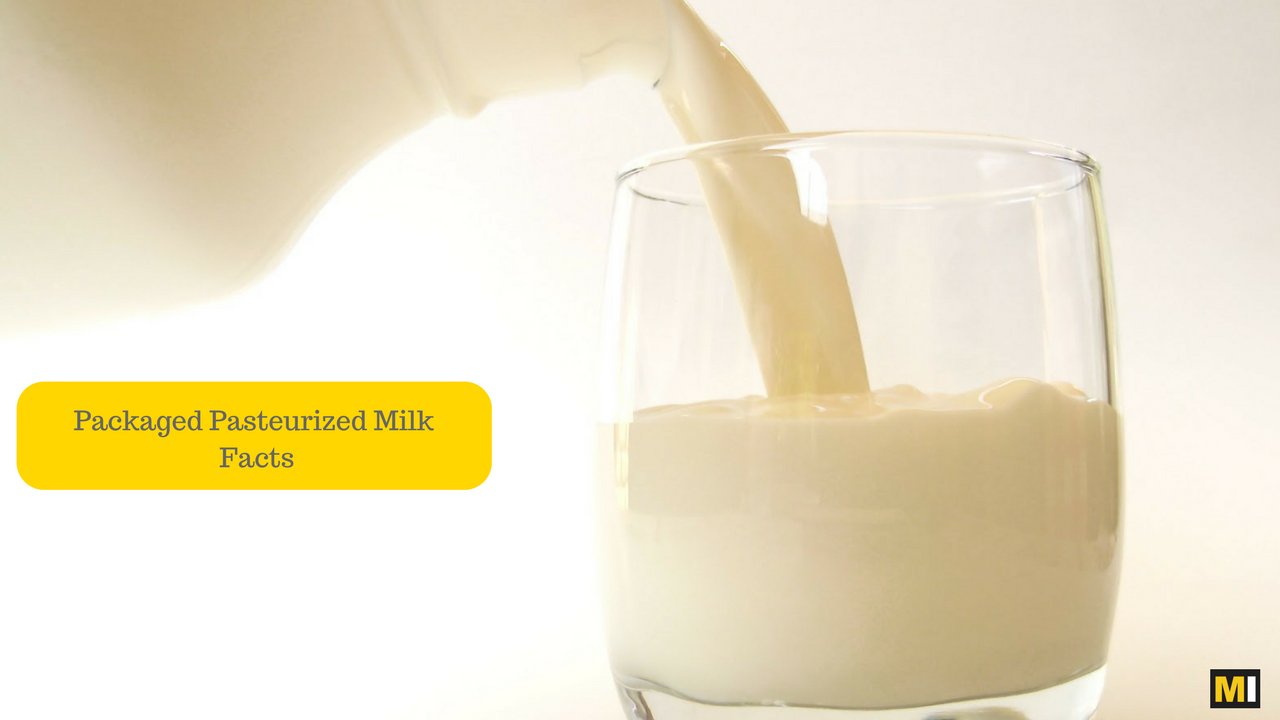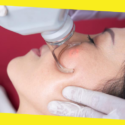Facts You Need To Know About Packaged Pasteurized Milk

That common health drink found in everyone’s pantry which is full of calcium and protein is nothing but milk. Be it an adult or a baby or kid or even an older person milk is consumed by everyone of any age which has numerous health benefits is totally common in everyone’s nutritional diet. However, we all know there are two types of milk that we usually consume on regular basis, one is raw milk directly collected from cows, buffaloes or sheep which we boil later before consuming and the other is packaged pasteurized milk which is collected from same source but boiled at a certain temperature for a fixed time period to kill harmful bacteria and packaged at a cold temperature for further storage and selling. Now, pasteurized packaged toned milk that is easily available in super stores have some really interesting facts that you need to know. And here they are.
- The process of pasteurizing milk was introduced in year 1908 to reduce milk spoiling and growth of harmful bacteria.
- Pasteurizing milk not only kills harmful bacteria such as Salmonella and E.Coli but also kills the natural enzymes destroying the chemical makeup of calcium in raw milk which means the milk you consume has no healthy enzymes and calcium benefits for you.
- Pasteurization destroys almost all nutritive value of raw milk making sterile. When you get your packaged milk and boil it for few minutes before consuming, it’s just a drink with cooked milk taste.
- According to CDC (Centres for Disease Control) and FDA research reports, pasteurized milk and the dairy products has all the same nutritional value as raw milk just without any risk of harmful bacteria which is a new fact about packaged pasteurized milk.
- Pasteurization process uses the combination of time and temperature to make the milk safer to consume which means the higher the temperature, the shorter the amount of time the milk needs to be at that same temperature.
- Pasteurized milk that we generally consume is heated to 161 degrees Fahrenheit for at least 15-20 seconds and then quickly cooled down at very low temperature.
- Ultra Heat Treat (UHT) pasteurizing process heats the milk under pressure at a higher temperature (280 degrees Fahrenheit) for two seconds which increases the milk’s longer shelf life up to 30 days before opening the packet.
- Commercially sterilized milk is called as aseptic milk in which milk is cooked or boiled at a very higher temperature more than 400 degrees Fahrenheit for a very short period of time. The benefit of commercially sterilized milk is it can be stored in shelf for months without refrigerating until opened.
- Homogenization process was introduced in year 1919 for the separation of fat (cream) and liquid directly from cow’s milk to create a smooth even consistency of milk. It is the process of removing excess fat from milk breaking down remaining fat into smaller molecules without altering the nutritional value of milk, yet another unknown fact about packaged pasteurized milk.
- The packaged milk that are packed between five to six layers of cardboard, aluminium and polythene sheets to preserve the milk for longer period of time almost nine months at room temperature without curdling is found to release chemicals in to the milk such as urea.
Recommended For You
10 Useful Tips For Natural Vaginal Delivery
Priyadarshini Muduli
A full time passionate writer with imperishable determination to bring healthy, smart and pragmatic changes individually and socially. Concentrate especially on lifestyle, life and personal improvement, relationships, mental health and behavior, viral issues and literature based subjects.




